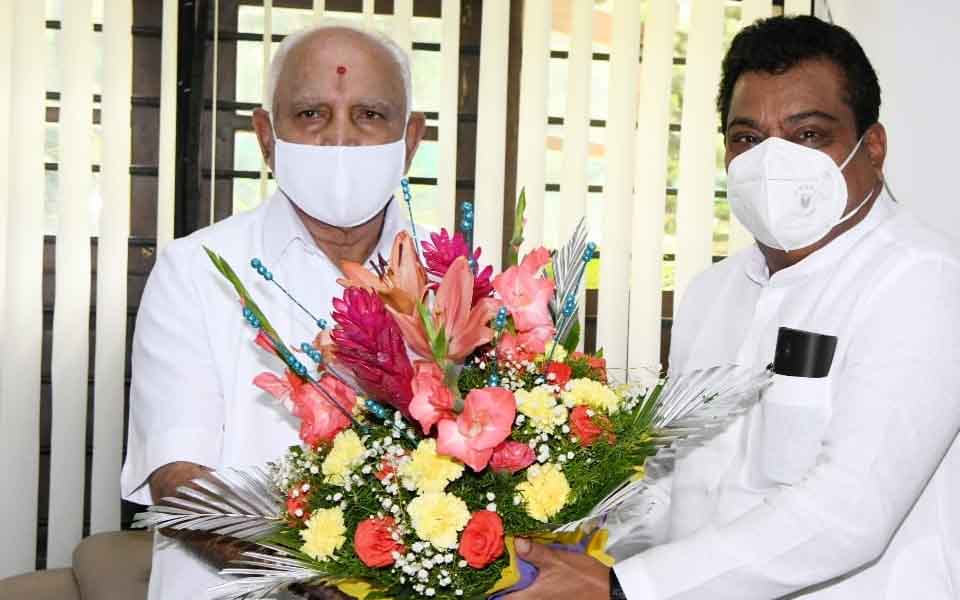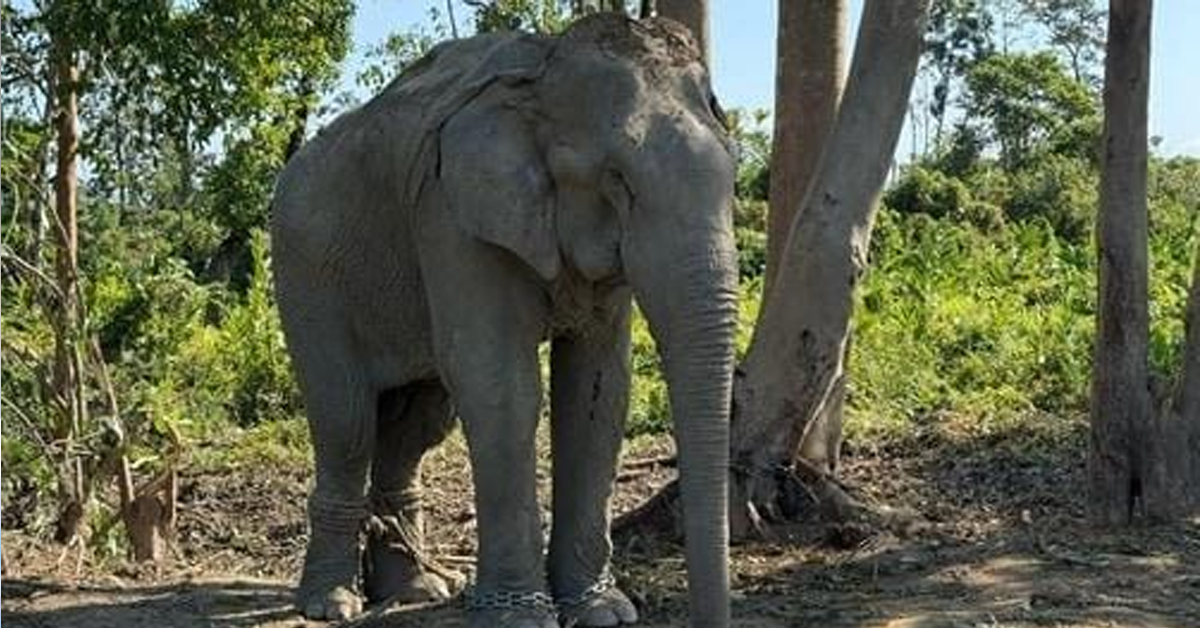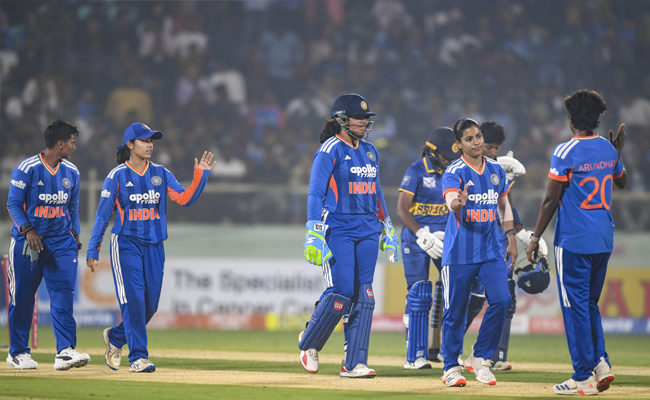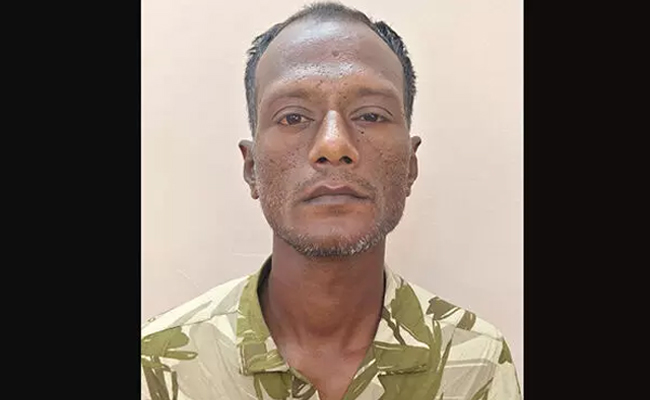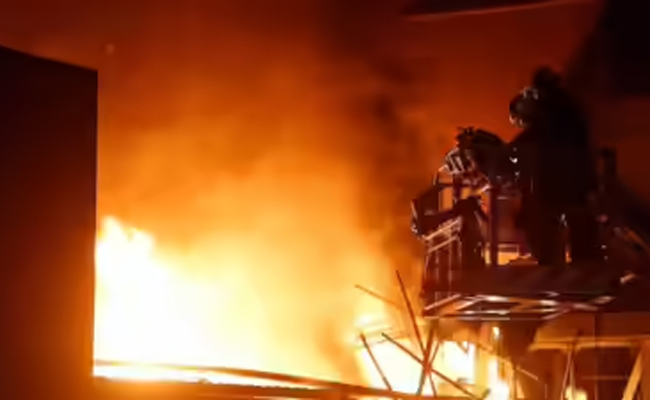Bengaluru, July 9: Senior Congress legislator M B Patil on Friday met Chief Minister of Karnataka B S Yediyurappa to seek financial assistance for irrigation in drought-hit villages in Vijayapura district.
"Met the Hon'ble CM of Karnataka today at his residence.
Made a request for financial assistance to provide irrigation to the drought-hit villages of Indi taluk by filling 16 tanks from the Krishna River through Tidagundi aqueduct. He has informally agreed to the same," Patil tweeted.
The former Water Resources Minister sought financial assistance also for work on releasing additional water from the Almatti Dam into the lakes and check-dams in the command area of UKP (Upper Krishna Project)-3 to improve the groundwater-level in Vijayapura district.
The Chief Minister's office called the meeting a courtesy call.
The meeting was keenly watched as Patil is a prominent Lingayat leader from north Karnataka, the community to which the Chief Minister too belongs.
There had been speculations and reports in the past that the ruling BJP was keen on roping in Patil into its fold, which he had denied.
The Babaleshwar MLA said the Chief Minister has responded positively to an appeal to taking up the reprinting of "Shivanubhava", a Kannada newspaper edited by Dr P G Halakatti.
Met the Hon'ble @CMofKarnataka Sri @BSYBJP today at his residence. Made a request for financial assistance to provide irrigation to the drought-hit villages of Indi taluk by filling 16 tanks from the Krishna River through Tidagundi aqueduct. He has informally agreed to the same. https://t.co/1IgZuOKzDU
— M B Patil (@MBPatil) July 9, 2021
Let the Truth be known. If you read VB and like VB, please be a VB Supporter and Help us deliver the Truth to one and all.
Pilibhit (PTI): A 19-day-old elephant calf, brought from Bijnor, was placed under care at the Pilibhit Tiger Reserve (PTR) on Sunday, an official said and added that the calf got separated from its mother in the forest area of Bijnor.
The calf was born on December 2 in the Bijnor forest area and got separated from its mother shortly after birth, the official said.
The forest department made several attempts to reunite it with its mother, but without any success. To ensure the calf's safety and better care, it was decided to transfer it to the Pilibhit Tiger Reserve on the instructions of senior officials.
On Saturday, Deputy Director Manish Singh received the calf. Special arrangements have been made in the reserve for its care. It has been kept in a safe and clean environment to provide it with a natural setting and protect it from external noise and disturbances.
Singh told reporters that raising an 19-day-old calf is challenging.
It requires a special diet as a substitute for mother's milk and constant monitoring.
He said a special team has been formed to provide 24-hour care. Since the calf is very young, it is being cared for like a newborn baby.
According to Singh, the primary responsibility for monitoring the calf's health has been entrusted to PTR's veterinarian, Dr Daksh Gangwar. Under his supervision, a complete record of the calf's health checkups, diet, and body temperature is being maintained. The team is ensuring that the calf does not contract any infection.

